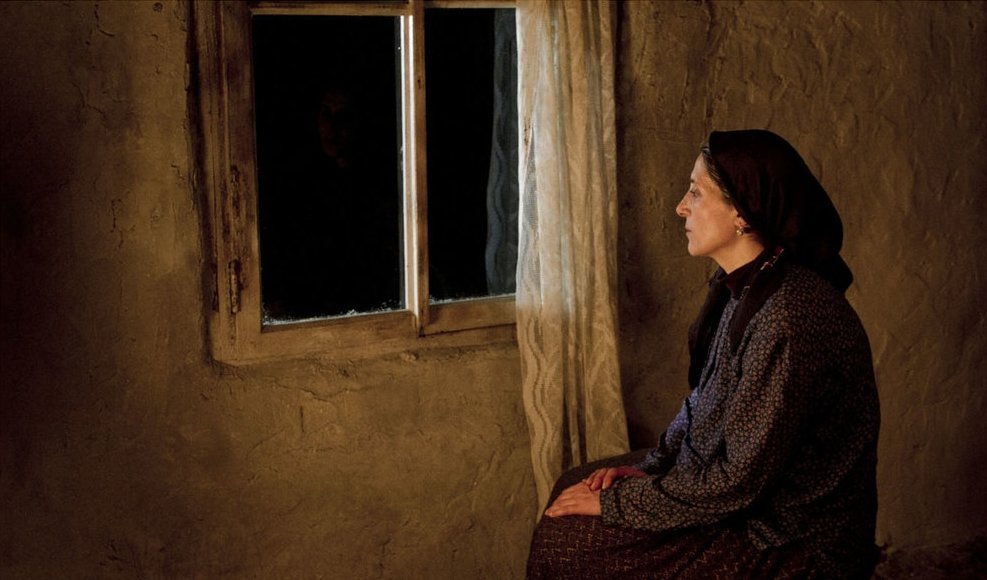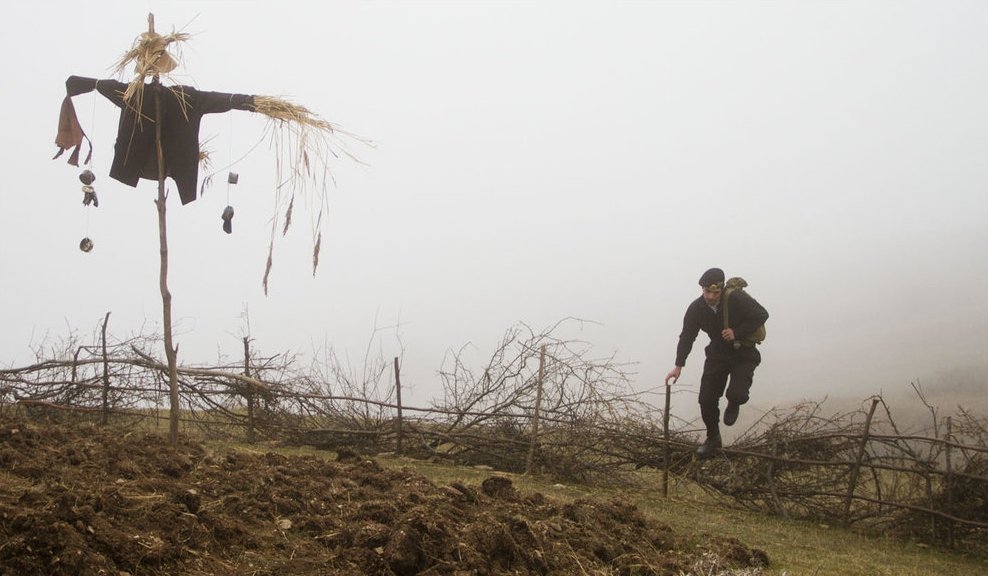Nabat: Female Fortitude & Survival in Azerbaijan
Nabat, Elchin Musaoglu (2014)
As a result of the Nagorno-Karabakh War, an ethnic conflict between Armenians and Azerbaijanis that lasted from 1987 to 1994, inhabitants of villages all over Azerbaijan were hastily evacuated. The protagonist of Nabat resides in one such village. Details of the conflict are not shown here; rather, Nabat serves as a moral tale about the consequences of war.
Nabat's name translates from Azerbaijani to "hope," yet war has already claimed her son. Nabat refuses to leave during her village's evacuation due to her husband's illness. When death comes for him too, Nabat buries her husband herself amidst heavy rain. In the absence of a single soul in her vicinity, Nabat's life turns into one continuous stretch of memory, an eternity of waiting for someone who will never come.
The film's sense of eternal solitude is conveyed via artful compositions, balanced color and a calm, peaceful rhythm. The climax of the film arrives at minute 54—neither a shootout nor a struggle, but rather a static shot of a door left ajar, which makes Nabat wonder if someone has returned home. It turns out to be a gust of wind.
Nabat, Elchin Musaoglu (2014)


